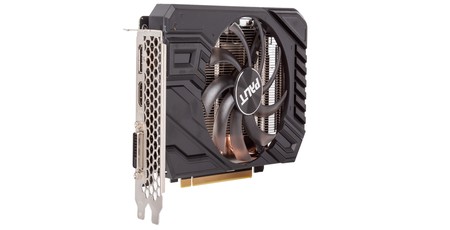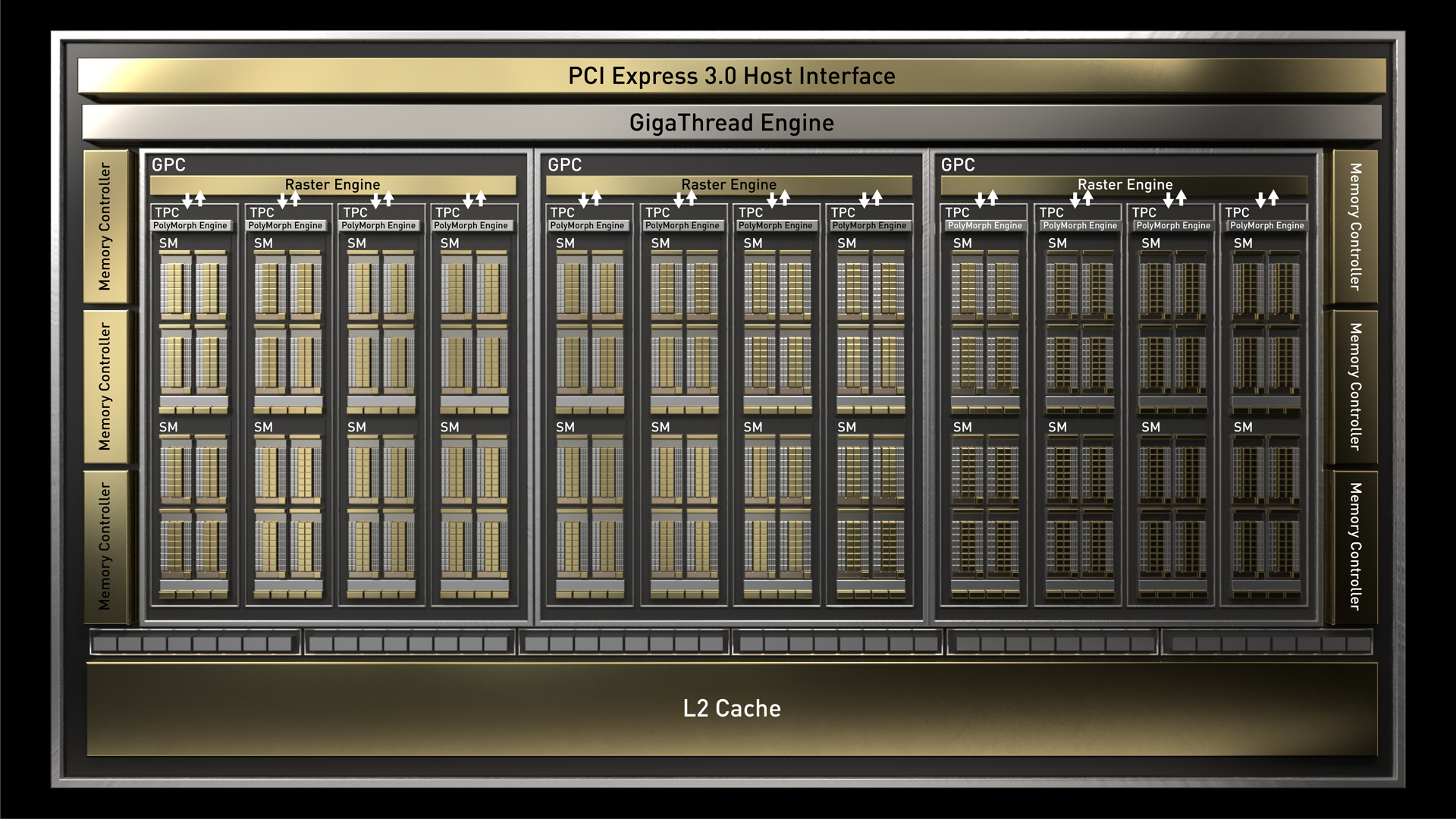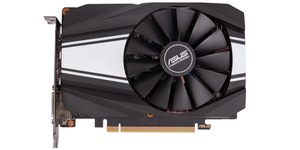Nvidia GeForce GTX 1660 Ti Review feat. Palit StormX
February 22, 2019 | 14:00

Conclusion
As the first Turing GPU truly built with gaming as the primary purpose, TU116 in its fully enabled GTX 1660 Ti incarnation delivers a substantial performance boost for the £250-ish market segment. With over 30 percent more performance than the ageing GTX 1060 and just as much extra power efficiency thanks to equivalent power levels, the GPU looks good from pretty much every angle, especially as overclocking headroom is decent even on the most basic of models like this one. Even so, that’s perhaps not quite enough of a performance gap considering just how far apart the GTX 1060 and GTX 1660 Ti have launched, but with AMD having only been refreshing and overclocking older silicon and/or giving price cuts, it's perhaps to be expected.
The 6GB frame buffer and 192-bit memory bus might be off-putting, but even at 1440p there was no real sign of weakness, and for any resolution above this you’d want to be investing in a more powerful GPU anyway. Slower GDDR6 memory and reduced L2 cache levels relative to faster Turing cards also don’t appear to have drastically affected the GTX 1660 Ti.

Despite Nvidia having gone to great, great lengths to persuade gamers that the specialised cores of RTX cards are the future, RTX hardware and the ray-tracing and AI credentials it brings look set to remain in the hands of early adopters for now, and we reckon that’ll be fine by most customers shopping in this part of the market. Adding RT and Tensor cores to this level of card would have been a costly endeavour with no real payoff, and the performance of them would likely have painted the technologies in a worse light, which Nvidia could really do without right now.
GTX 1660 Ti has a silly name, but it does appear to be closer to the gaming GPU many have been waiting for, although the fact that we’re unlikely to see newer non-RTX cards above this price is still likely to irk some. Even so, RTX 2060 could certainly still be a more appealing prospect to those who can spend the extra cash, as performance even in traditional rasterisation workloads is 20 percent higher still, plus you get to dabble in the new tech and a more futureproof GPU for 1440p monitor upgrades. It also gives users a game choice, whereas the GTX 1660 Ti has no such bundle.

The pricing is strong against both RX 590 and Vega 56 too, even when you consider their large memory pools and the new £280 price for Vega 56. That latter card could still certainly persuade a few customers we reckon, but the power efficiency gains Nvidia holds have just been extended once more, enabling smaller, cooler, and less power hungry cards to hit shelves. The FreeSync support on Nvidia’s card is again another point AMD can no longer count. The Raise the Game bundle on AMD’s cards gives you three AAA titles, but the value of these is obviously subjective to each customer.
Palit’s card is basic but gets the job done and is acceptable given the MSRP. We wouldn’t advise paying much over MSRP either, as then RTX 2060 becomes all the more appealing. But nevertheless, this card slots into the market neatly, and if you really can’t stretch much beyond £250 it’s probably the card we’d choose if looking for an upgrade over something older than previous-gen silicon.


MSI MPG Velox 100R Chassis Review
October 14 2021 | 15:04








Want to comment? Please log in.